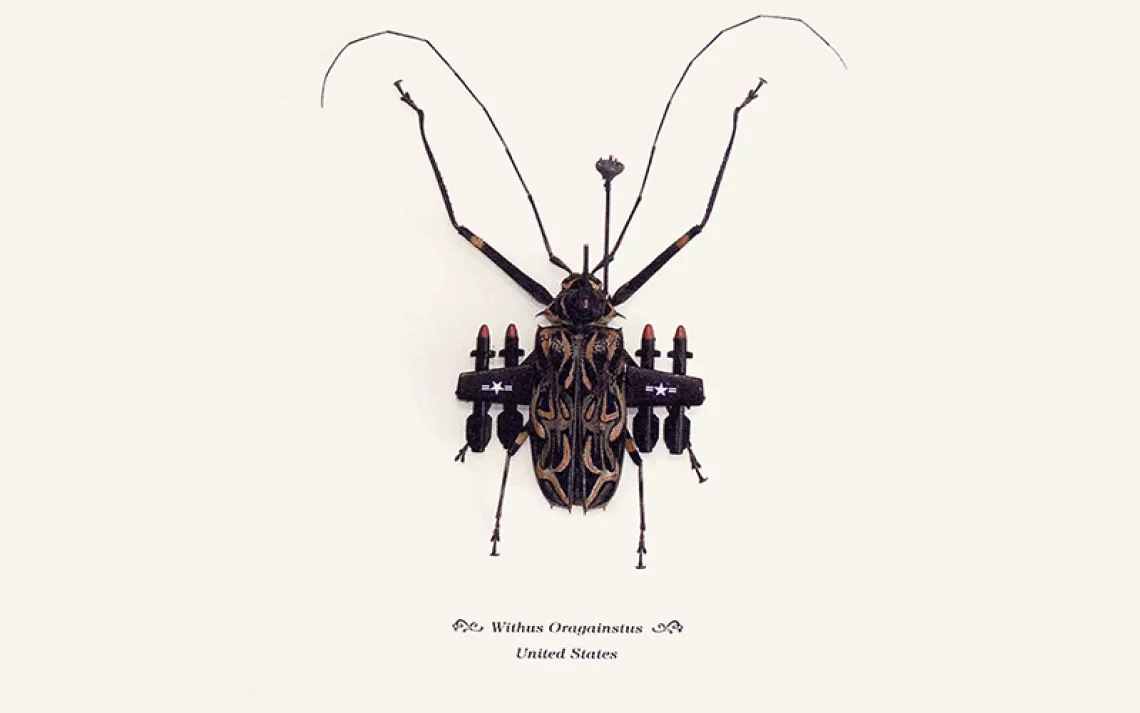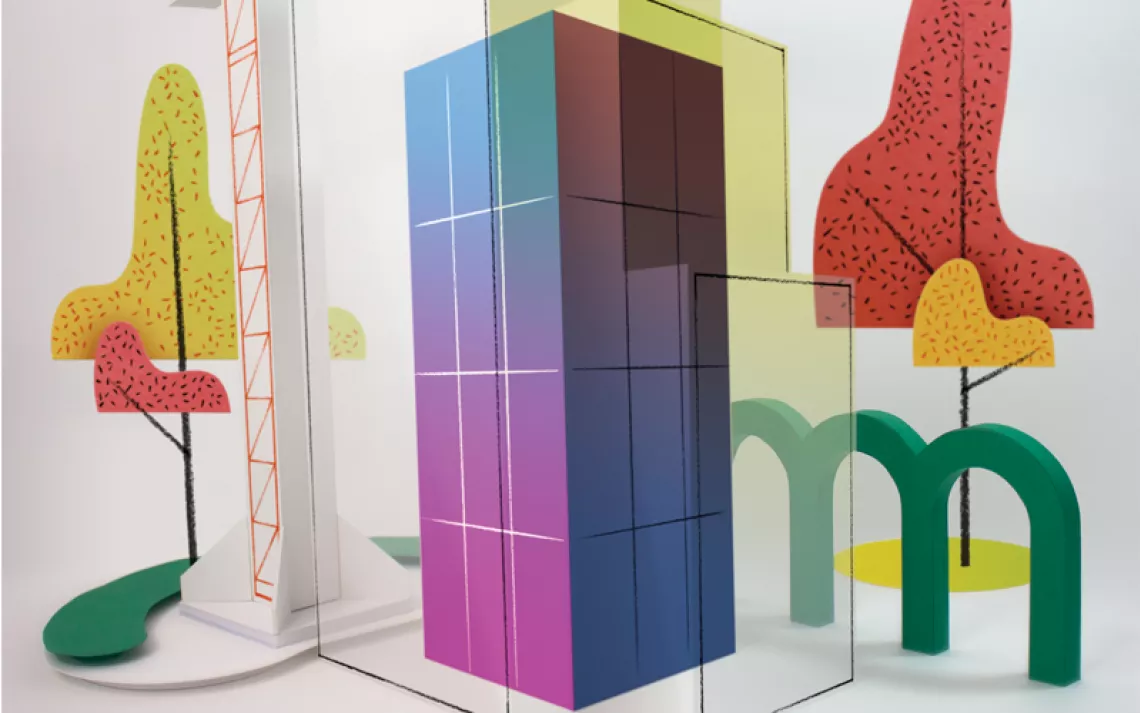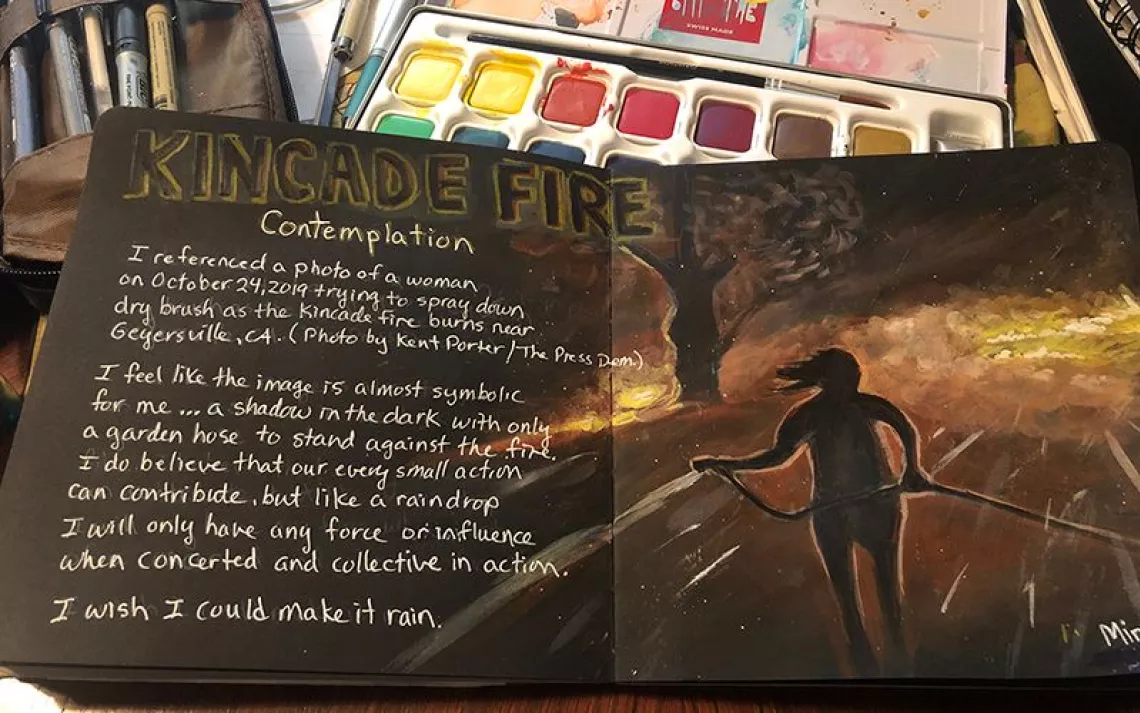Nature On A 3-D Printer
One artist exposes the beauty in mathematics
These undulating shapes may have been created in a studio, but their form is reminiscent of something more ethereal. They invoke images of blooming flowers and the spiraling bracts of pinecones, and for good reason. Each spine, nub or crystal of designer John Edmark’s sculptures is placed according to the laws of nature—the Fibonacci sequence.
The mathematic sequence of numbers beginning 0, 1, 1, 2, 3, 5, 8, 13 crops up in nature everywhere. Trees branch off in Fibonacci numbers and flower ten to have 3, 5, or 8 petals. Waves and storm clouds curl according to these proportions. Plants grow their leaves at 137.5 degree angles, or the golden angle, to maximize sun-exposure.
“Nature is such an incredible inventor,” said Edmark, design instructor at Stanford University and mind behind the Fibonacci “zoetrope” sculptures. Created with 3-D printers, the sculptures were spun and photographed with a short shutter speed to suspend the sculpture every time it turns 137.5 degrees, which is the golden angle.
The art form is known as zoetrope, the process of spinning an object while flashing a strobe light to create the illusion of animation—think of the famous animation of a horse which appears to be running when viewed through slits in the side of a spinning cylinder. It’s the same basic principle. Sped up, the film gives the illusion of animation, like an unfurling chrysanthemum or rippling waves.
The sculptures are part of Edmark’s more than 12-year exploration of the logarithmic geometry in self-similar spirals that are so abundant in nature. “I spent way too many hours trying to figure out how those spirals work,” he said.
Edmark has built giant wooden spirals that curl up like octopus tentacles. He has spun artichokes at high speeds to reveal their mathematical design. He created a helio-cone—a wooden spiral resembling DNA that when rotated reveals the Fibonacci-driven architecture of pinecones. All of this work plays into his awe in the efficiency and intricacy of nature’s adherence to math.
“I feel very fortunate to stumble upon this secret that was hidden there for eons,” Edmark said.
While Edmark does not have a mathematical background, he was always drawn to math as a child. And he has a favorite polyhedron: the rhombic dodecahedron. To him, geometry is a beautiful tool for picking apart nature’s problems.
Nearly all of his pieces are kinetic—they spin and coil—and break. They are not destined for galleries, but rather serve as the physical manifestations of his curiosity. When he is not in the studio, he enjoys camping in the high Sierras, taking hyper-stereo 3-D photos that push the boundaries of what humans can see in natural landscapes.
“Art,” Edmark said, “is a vehicle for exposing the magic in reality.”
Follow Sierra on Facebook, Twitter, Pinterest, Instagram, and YouTube.
 The Magazine of The Sierra Club
The Magazine of The Sierra Club



